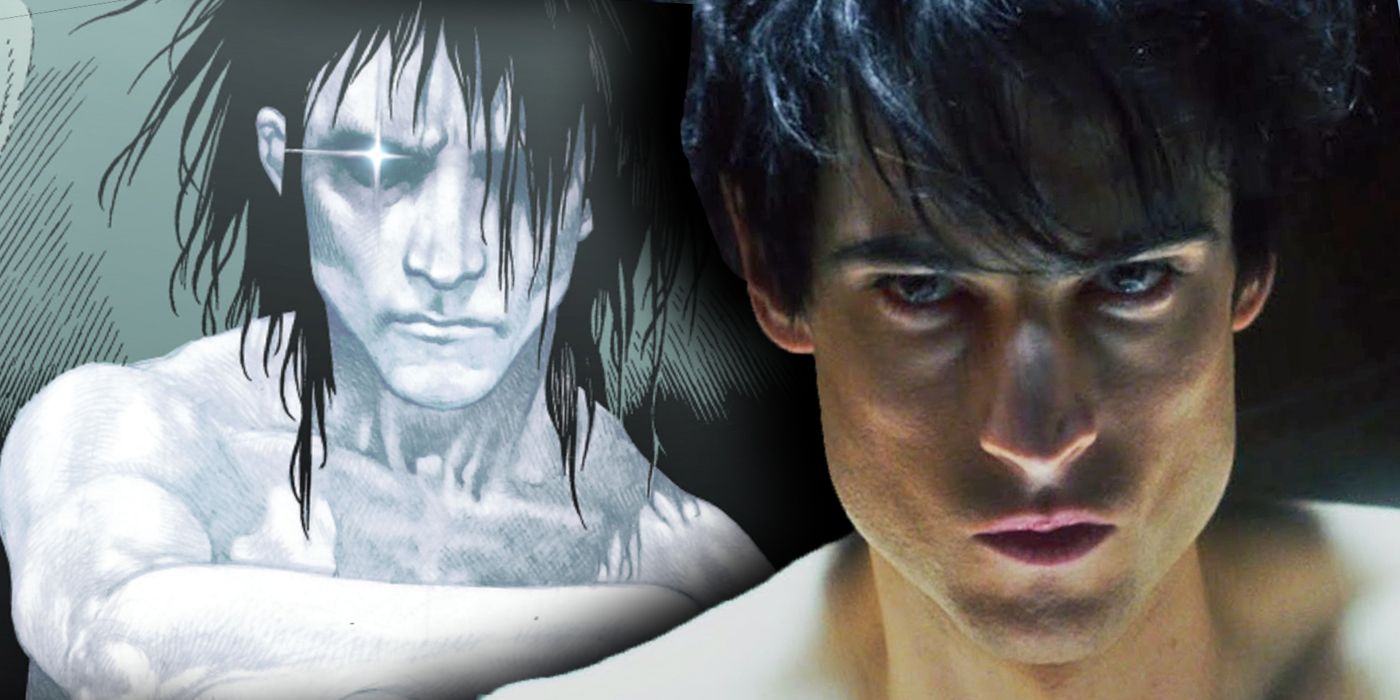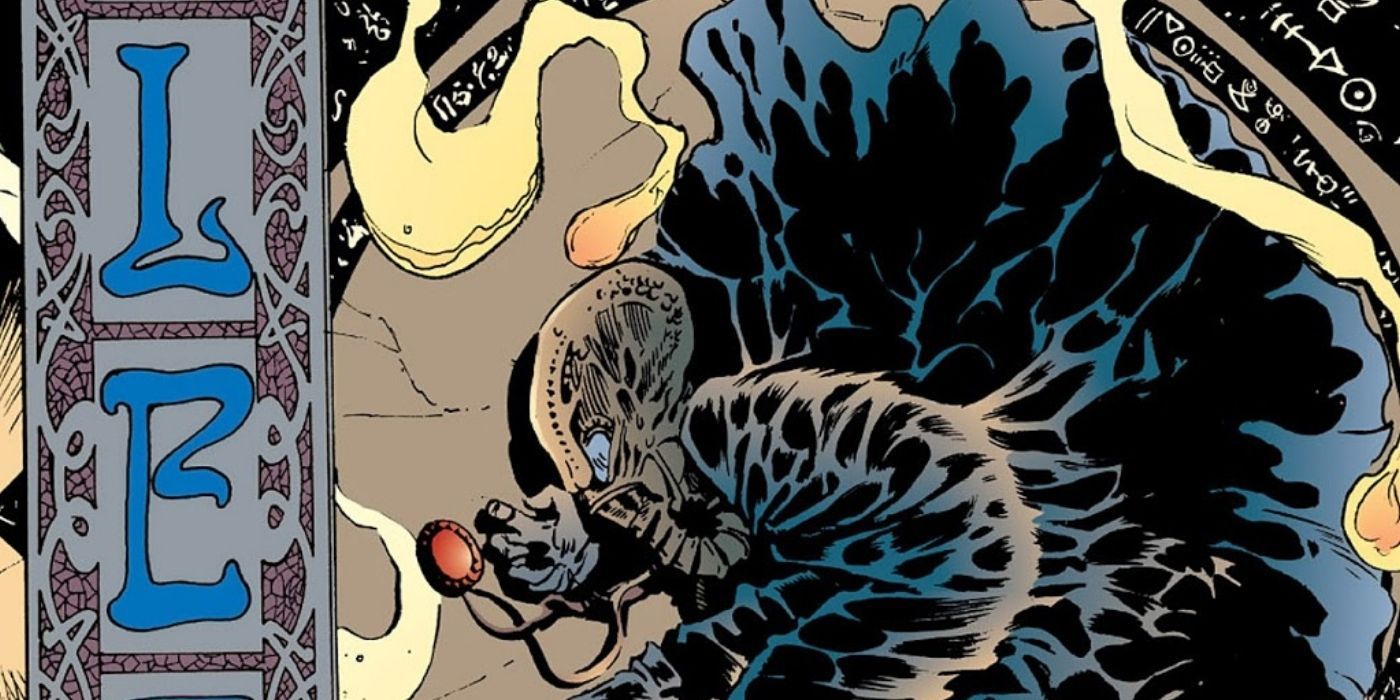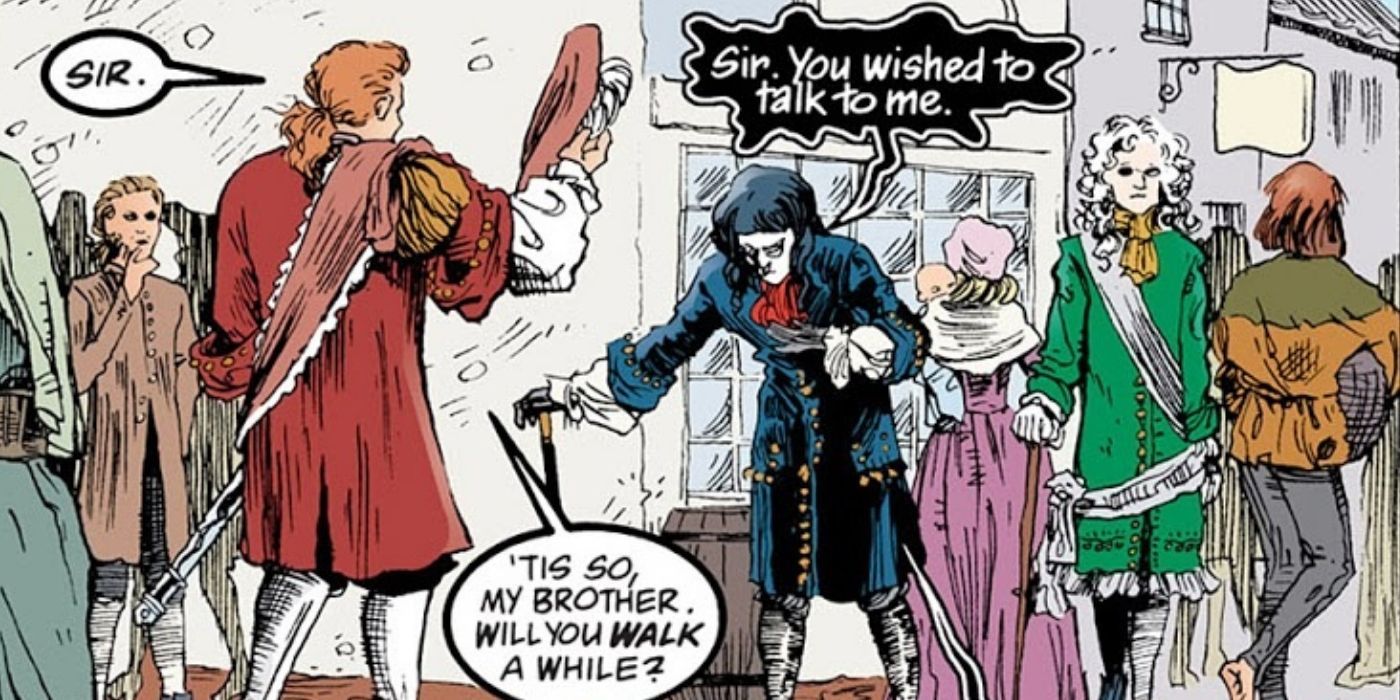Neil Gaiman's Vertigo series The Sandman is considered one of the greatest graphic novels ever written. It ran for 75 issues, generated numerous spinoff comics, and won multiple awards, including 26 Eisner Awards.
The story follows Dream, who is the living personification of dreaming and one of seven immortal siblings known as the Endless. At the start of the series, he is captured and imprisoned in a magic circle by an occult group called the Order of Ancient Mysteries in The Sandman #1, by Gaiman, Sam Keith and Mike Dringenberg. His capture, and his eventual escape, foreshadow the trajectory of the entire story up to its epic finale.
At the start of the story, the Order of Ancient Mysteries mistakenly captures him with magic while trying to imprison his older sister, Death. This happens during World War I when new mechanized weapons were spreading death at a rate never-before-seen in the history of warfare. The group tries to imprison Death, hoping to use magic to counteract the devastation technology had caused. However, after they inadvertently trap Dream, they refuse to release him. He remains in captivity for seventy years before finally escaping. But by then, the world has changed dramatically.
Dream is an enigmatic character, even by the standards of gods and other immortals. He rules over the Dreaming, a realm of imagination where people travel to when they sleep, and he frequently inspires artists and kings to imagine new possible realities. His subjects include a pumpkin-headed janitor called Merv, a talking Raven, and the Biblical figures Cain and Abel, who are forever reliving the cycle of their story. Despite all the whimsy and wonder of his realm, Dream is a dour brooding character with a strict sense of duty.
In many ways, the entire arc of the series is encapsulated in the first issue. Dream's rigid sense of obligation contrasts with the changes of the modern world, just as the technology of World War I at the start of the 20th-Century contrasts the magic of occult rituals and the Dreaming.
The Sandman is a story that spans the length and breadth of time. Some stories take place in ancient Greece, during the French Revolution and even before the first humans walked the Earth, while others are set in the present. Throughout it all, there seems to be a friction between the past and the present, between magic and the mundane. As time progresses, things change faster.
In one scene later in the series, Dream recalls when he and his brother Destruction walked through London during the Enlightenment. Destruction is worried about humanity's newfound interest in reason, particularly since Sir Isaac Newton has already figured out some of the science behind converting light into matter -- scientific principles that would eventually lead to the creation of atomic weapons. In Gaiman and Jill Thompson's The Sandman #44, Destruction proclaims "Reason! It is no more reliable a tool than instinct, myth or dream. But it has the potential to be far more dangerous." Here, the contrast between magic and technology is on full display, and as Destruction also notes "times are changing."
After Dream's escape, he is forced to confront just how much has changed over the course of the 20th Century. In real life, World War I is frequently cited by historians as a turning point in how the world viewed technology, causing major societal shifts. Dream emerges into this brave new world completely unprepared. He tries to adapt, even reexamining his past actions. But ultimately, Dream is set in his ways, a prisoner to his own unchanging attitudes. There is a place for magic and for dreams in the modern world, but ultimately, Dream himself is unable to strike a balance.



